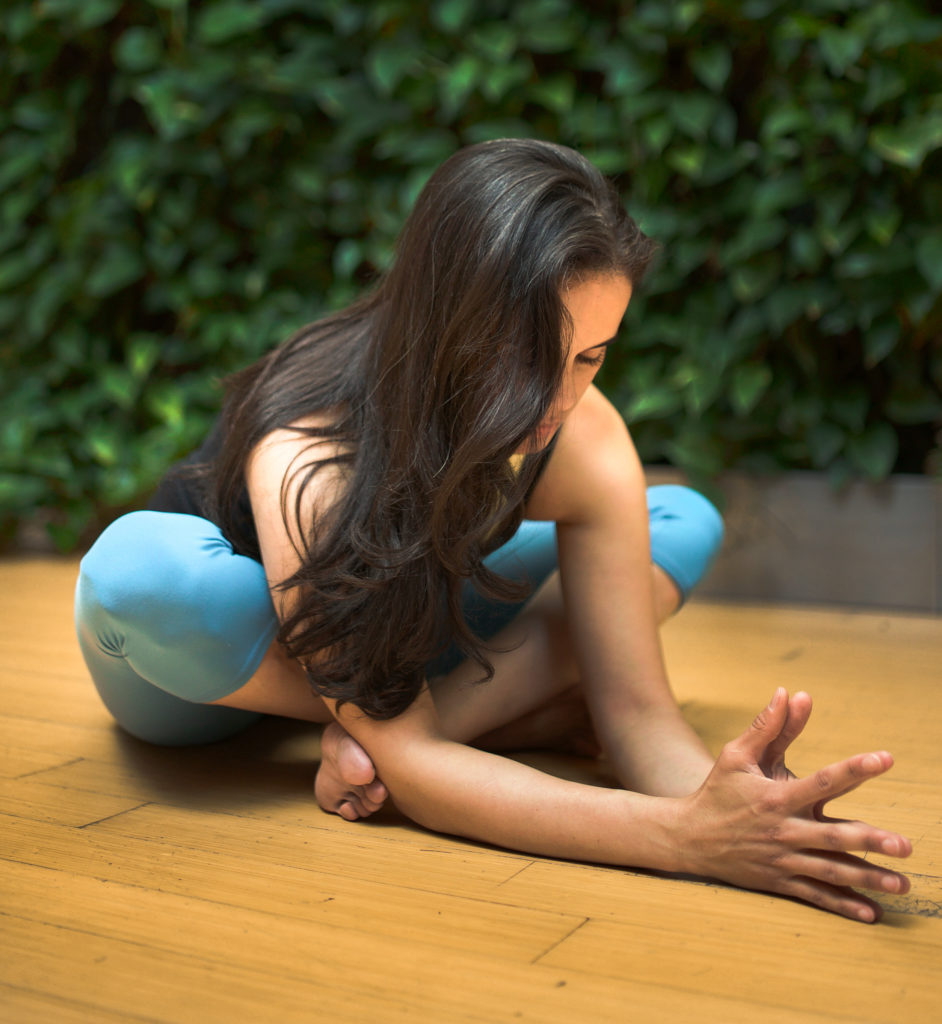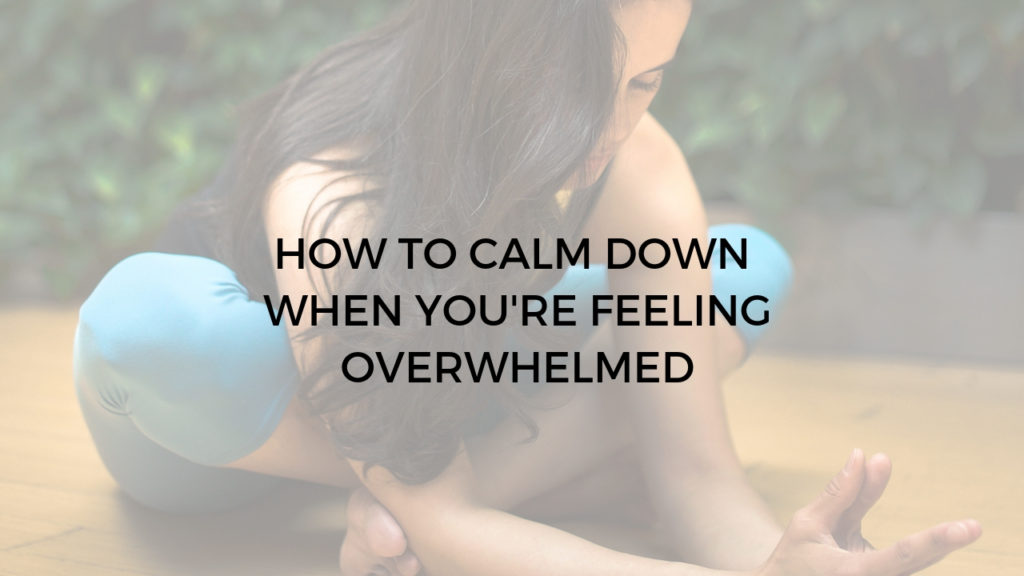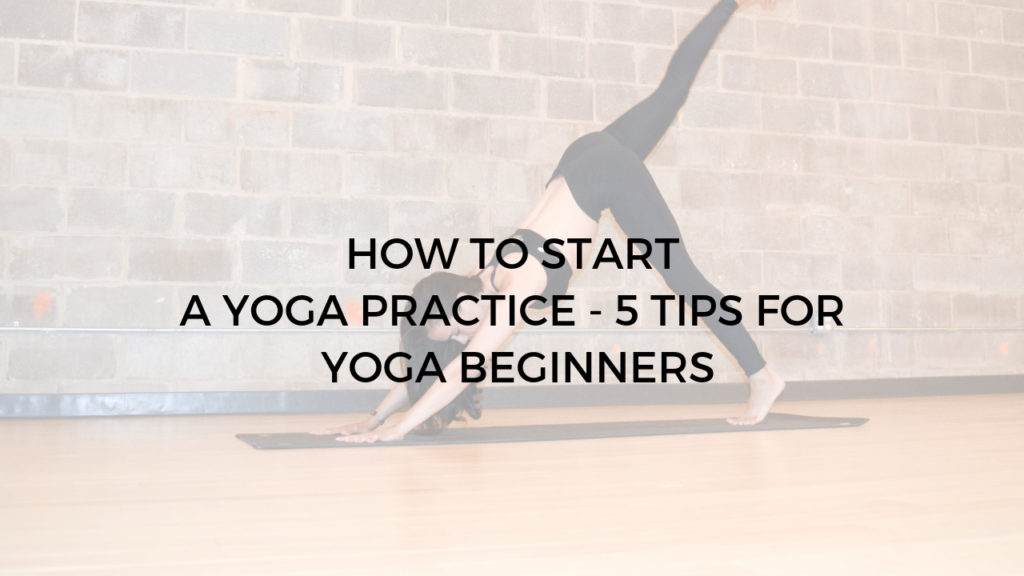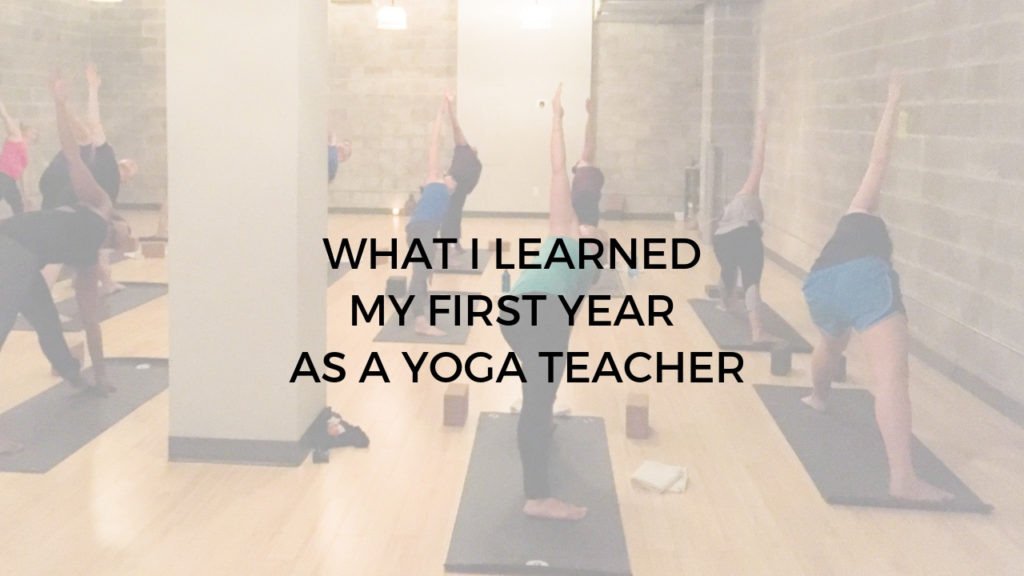
So what exactly are you overwhelmed with? Start by answering this question and acknowledging where you are before going forward. Self-awareness is usually the first step towards healing or overcoming certain situations, feelings, and emotions.
To clarify, being overwhelmed doesn’t just mean having a lot on your agenda. We could be overwhelmed with anything like stress, anxiety, anger, panic, thoughts, chores, work, or after running up ten flights of stairs, or in a fast-paced yoga class. Or perhaps you’re feeling very nervous before a big presentation or meeting.
Whatever it is, this simple mindfulness technique can help.
What it is
The practice consists of counting your breaths backwards and it is also known as one-pointed awareness. I first learned about counting breaths during Yoga Nidra training and it is so powerful and effective that I use it almost every single day.
One-pointed awareness is a method used in Yoga Nidra practices to induce deep relaxation for the body and mind. I started using it in my classes as a preparation towards Shavasana (Corpse pose), and before rigorous yoga practices to help calm the mind and settle the energy.
The practice can be done by itself as an introduction to meditation, or as a preparation to other meditation practices. It can be done anywhere, at your desk, in the cab, walking, in the subway, etc.
How it works
When counting backwards, we count either on the exhale, or both on the inhales and exhales. The breath stays unaltered, meaning you don’t try to change its rhythm or pace. You just let it be and count.
You see, counting your breaths forward, as in 1-2-3, is automatic and the mind doesn’t have to concentrate to do so. On the other hand, when we count backwards the brain must relinquish thought in order to concentrate and count.
As a result, we become calm and centered because we’re no longer minding much else. According to Richard Miller, author of “Yoga Nidra, a meditative practice for deep relaxation and healing,” the practice of counting develops the mind’s ability to remain undistracted for long periods of time.
How to do it
1. As a prep for meditation
Find a comfortable seat. You can sit in Sukhasana (cross-legged seat) by sitting on the floor on a pillow or bolster, with your shins crossed. You can also sit in a chair with your feet flat on the floor and knees stacked over ankles, spine straight, palms on your lap either facing up or down.
Without changing your breath, start to count backwards. For meditation practices, I suggest counting from about 30-0 but this depends on how much time you have, and the level of relaxation you wish to attain.
If you are new to this, you’ll probably get distracted and lose your count more often than not. This is normal so please don’t be discouraged. Simply go back to the top and start over again. The more you practice the easier it will get.
2. When you feel overwhelmed:
If you’re at work, or anywhere for that matter, and you feel overwhelmed with any of the stuff I mentioned, simply take a minute or two, or longer if needed, to count your breaths.
For example, if you feel anger towards your boss or co-worker and you feel like you’re going to react, count your breaths either from 10-0 or even 5-0 would help.
3. As a prep for sleep:
This practice is wonderful for helping you fall asleep. Lay down on your bed as usual and count your breaths. Set the intention that with each exhale, you will fall heavier and deeper asleep.
Want to try Yoga Nidra?
Enter your info below and I’ll send you my complimentary 15-minute guided meditation.



Okay, I LOVE this post and had never heard of this method before. Thank you for sharing! Just did at 10-0 countdown and it really helped. Going to try to do this before I go to bed, too. xo
So awesome! I’m glad it helped 🙂
I always do a breathing exercise when I feel worked up – but never heard of this one. Will try it at the next opportunity 😉
Awesome! I hope it helps 🙂